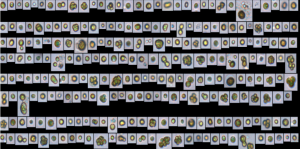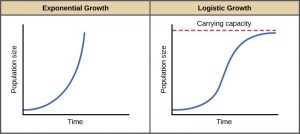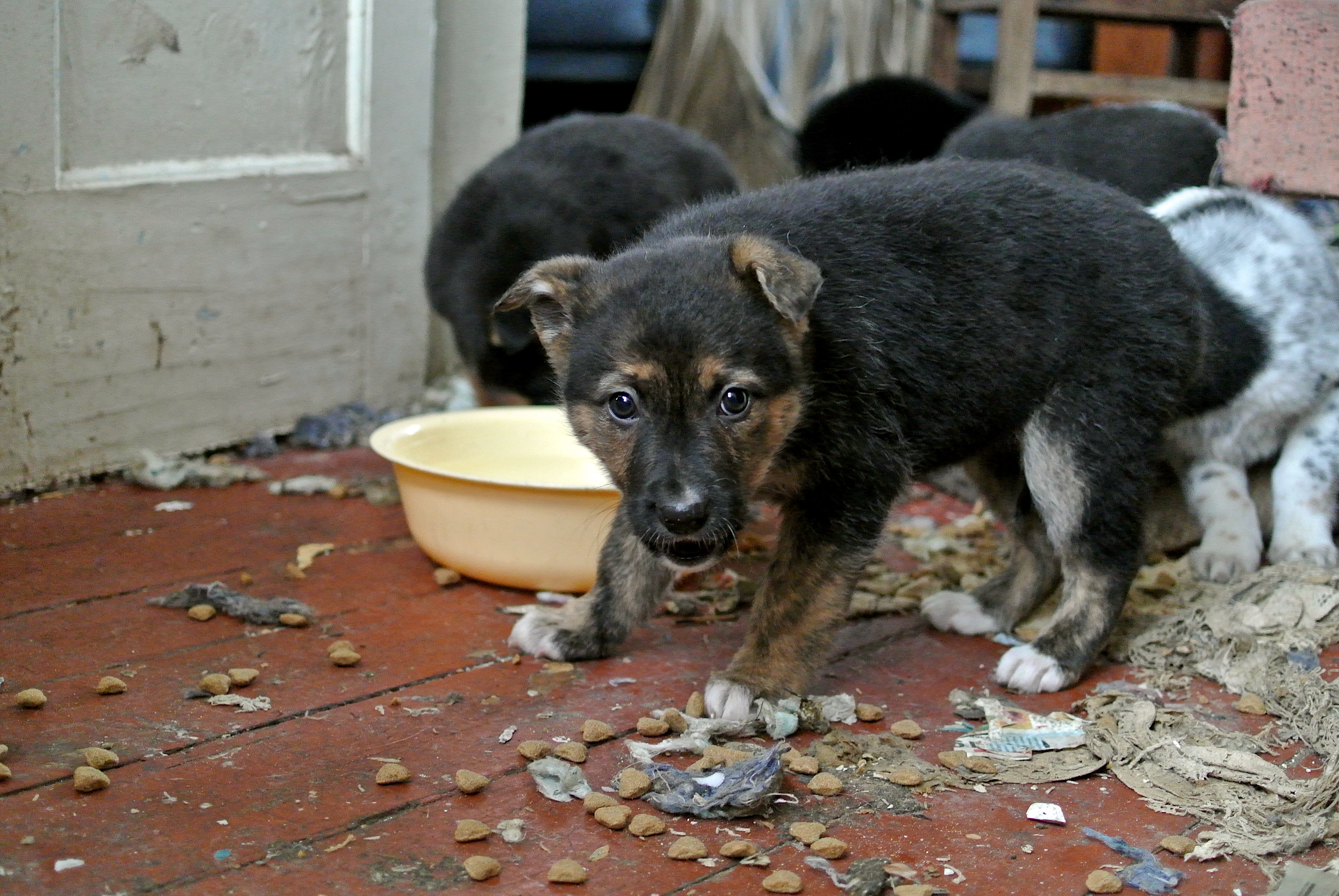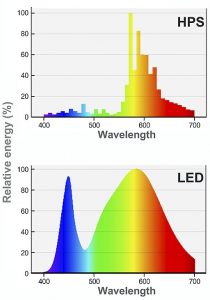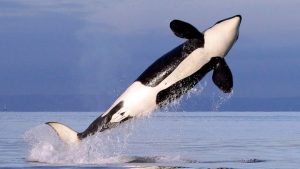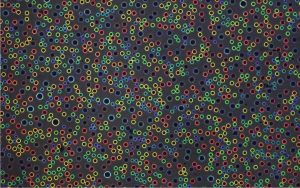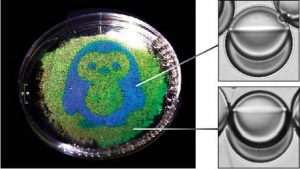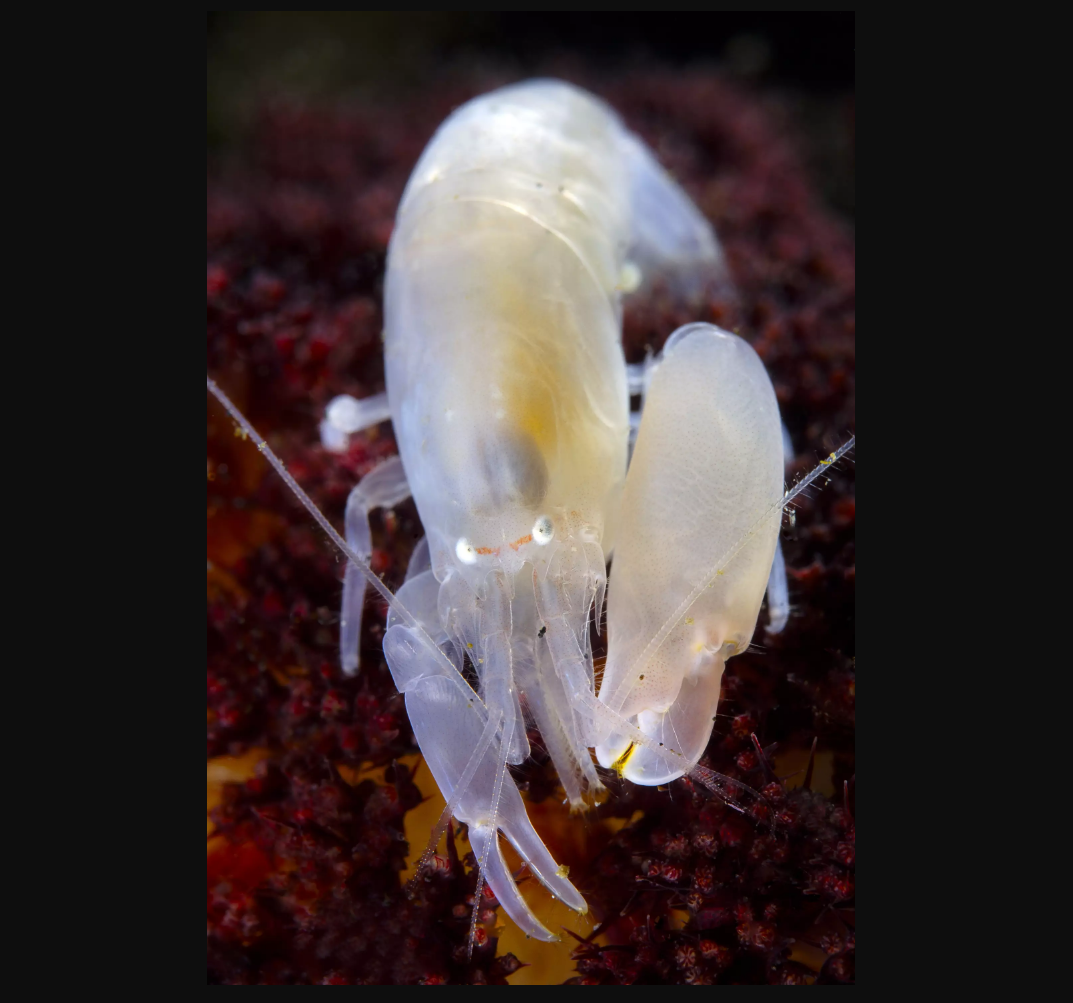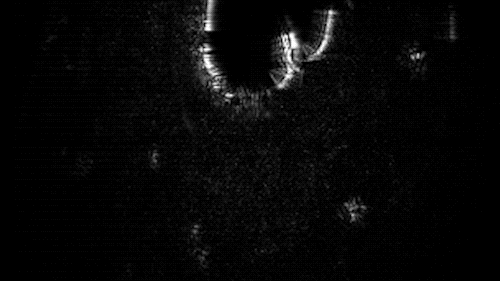Everyone has experienced stress before, but where is it all coming from and how can our body deal with it? According to the American Psychological Association, the average stress levels rose from 4.9 to 5.1 out of 10 in 2015. It seems that stress is everywhere, but this can be both good and bad. Stress is a natural response that occurs when we experience a demand that seems threatening. It is a result of brain chemicals called hormones being released in our body in response to the demand. Low levels are healthy as they help us accomplish daily activities, but too much stress can have very negative effects on our physical and mental health. Therefore, managing stress and the hormones related to it can be very important for our overall health. However, research shows that we are missing important facts on how stress hormones are made.
Jordan Hamden and a team of researchers from the University of British Columbia (UBC) are investigating how stress hormones are created in the body. Specifically, he looks at the regeneration of a stress hormone called corticosterone in tissues of rats, mice, and songbirds. The creation of corticosterone in these tissues is due to an inactive molecule called 11-dehydrocorticosterone (DHC). DHC regenerates corticosterone and thus, is another source of hormone production (hormones regenerate).
Jordan’s research team found a way to measure DHC, something that has not been done before. This was accomplished by creating an immunoassay. This test uses other molecules that can tag DHC in the tissue and then make it visible to researchers. Jordan then measured how DHC levels change as mice develop. Results showed that the presence of DHC was most notable during a period of development called the Stress Hyporesponsive period (SHRP). SHRP occurs in both rodents and other species, such as humans, and is unique because it is when normal stress responses are not observed, including the release of stress hormones from the brain. It allows researchers to look at other important, but less obvious processes happening in the body such as hormone regeneration within tissues. As a result, Jordan found that this was when the conversion from DHC to corticosterone was most prominent.
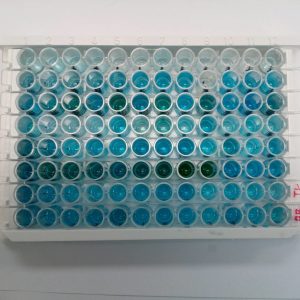
Immunoassays show how some tests are colored differently to tell researchers that the protein in question is present. (Source: Flikr Commons)
Podcast about how this period is gaining fame in research, including Jordan’s.
Jordan also looked at the stress response of songbirds and rodents, and if DHC levels were affected. He found that DHC increased when the animals were stressed. There are a few theories as to why this occurs but more research is needed before a conclusion can be made.
Research shows that we do not see the entire picture when considering how the body creates hormones. This can greatly affect treatment plans for hormone-related problems. Additionally, it may allow us to target specific tissues for hormone regulation. Either way, more research is being done so that we can continue our current understanding of how hormones in the body are created.
Short video of how Jordan’s results can have future implications in medicine.
By: Katie Donohoe, Hani Ghaffari, Malavan Subramaniam, Qiuning Lyu


